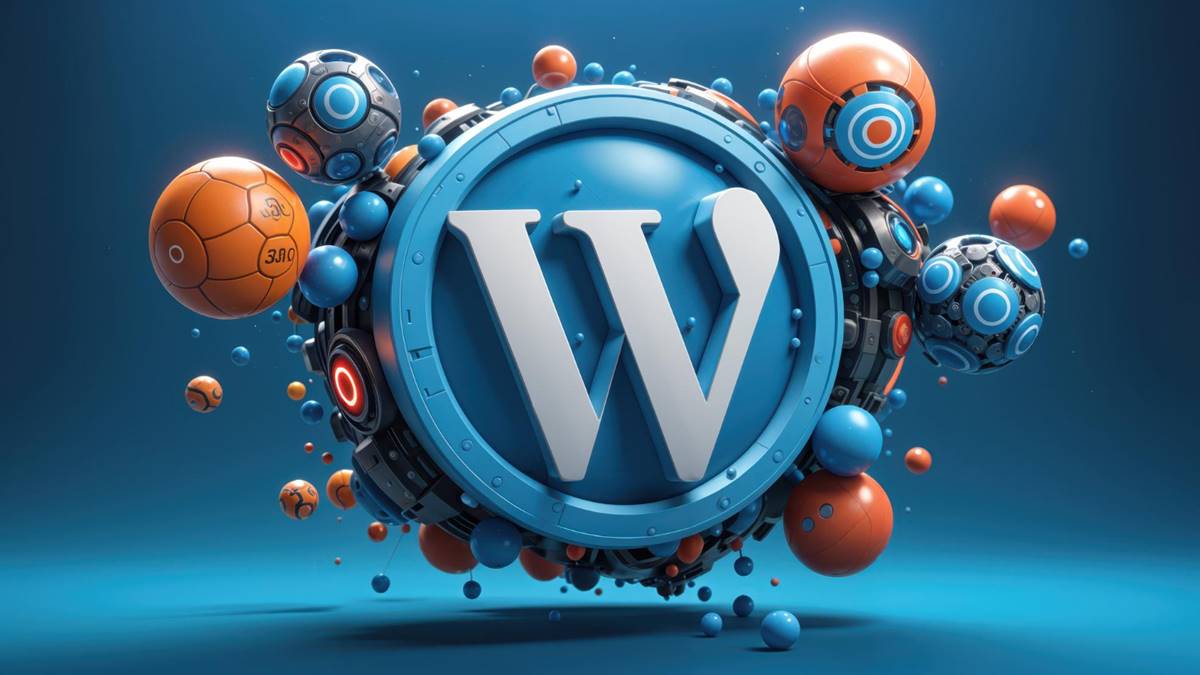If you’re running a website—or planning to build one—there’s a good chance you’ve crossed paths with WordPress. It powers over 40% of the internet, and it’s showing no signs of slowing down. As we head into 2025, WordPress continues to evolve at an impressive pace, blending flexibility with powerful new features that serve everyone from bloggers to enterprise businesses. But what exactly can you expect from the platform in the near future? Let’s dive into the trends, technologies, and transformations shaping WordPress 2025.
Gutenberg’s evolution into a full-site experience
When the Gutenberg block editor first launched, it was met with mixed feelings. But fast-forward to today, and it’s clear that Gutenberg was just the beginning. In 2025, you’ll be using blocks for everything—not just pages and posts, but headers, footers, sidebars, and templates. This shift toward Full Site Editing (FSE) means that theme customization is becoming far more intuitive and visual. Even if you’ve never touched a line of code, you can now build a site that looks and feels exactly how you want it to. And if you are a developer? Expect more dynamic control and extensibility than ever.
Performance and speed take center stage
We’re in the age of instant everything, and WordPress is adapting. Core updates are increasingly focused on performance improvements, with built-in tools for caching, lazy loading, and image optimization. The platform is leaning into modern frameworks like WebP and HTTP/3 to deliver lightning-fast experiences. As user attention spans get shorter, site speed will no longer be a luxury—it will be a necessity.
AI, automation, and the smart CMS
Artificial Intelligence is no longer science fiction—it’s quietly becoming part of everyday workflows, and WordPress is no exception. From intelligent content suggestions and real-time grammar checks to automated image tagging and personalized user experiences, AI is reshaping content creation. Imagine a plugin that knows what your visitors need before they do. That’s not just a dream in 2025—it’s reality.
Seamless integration with modern tools
The WordPress ecosystem has always thrived on plugins, but 2025 is pushing the boundaries of integration. You’ll find tighter connections with CRMs, e-commerce platforms, email marketing services, and analytics dashboards. REST API and GraphQL support are expanding, allowing developers to build headless applications more easily. If you’re looking to create complex, interactive digital experiences, WordPress gives you the tools to do it—without leaving the CMS you already know and trust.
Security becomes smarter
As cyber threats become more sophisticated, so does WordPress’s approach to security. Automatic updates have become more reliable and granular, and new permissions models allow for better role-based access control. Multi-factor authentication, activity logs, and built-in vulnerability scanning are becoming the norm. You’re no longer securing your site reactively—you’re preventing problems before they start.
User feedback reimagined
Getting real, honest input from your audience is vital to your growth, and WordPress makes it easier than ever to collect it. Modern plugins let you build beautiful forms, surveys, and polls with drag-and-drop ease. One standout way to gauge user opinion in 2025 is by embedding a WordPress questionnaire directly into your pages. Whether you’re testing product ideas or gathering feedback post-launch, these tools help you make data-driven decisions without needing third-party platforms.
Design trends and accessibility
Flat design and brutalism are fading; in their place, we’re seeing a surge in soft gradients, micro-interactions, and motion UI. WordPress themes are keeping pace with modern aesthetics while also emphasizing accessibility. In 2025, every good theme will be fully WCAG-compliant out of the box. That means your site will not only look amazing but also be navigable for all users, including those using screen readers and other assistive tech.
Sustainability enters the conversation
Green hosting, carbon footprint reporting, and lean design principles are becoming more common in WordPress development. With increased awareness around digital sustainability, developers are optimizing codebases and reducing resource-heavy features. Being eco-conscious isn’t just good ethics—it’s good business, too.
The bottom line
WordPress in 2025 is sleek, smart, and more powerful than ever. Whether you’re a solopreneur, a developer, or the marketing lead for a growing brand, the platform offers a level of flexibility that few others can match. What makes WordPress special is its community—a global network of creators, coders, and innovators who push the ecosystem forward.
So if you’ve been wondering whether WordPress is still worth your time in 2025, the answer is a resounding yes. In fact, it might just be the best it’s ever been.
